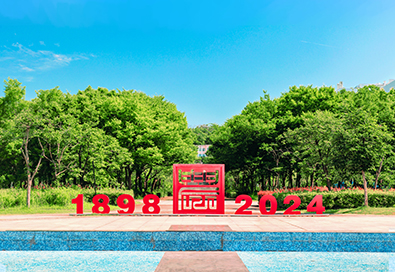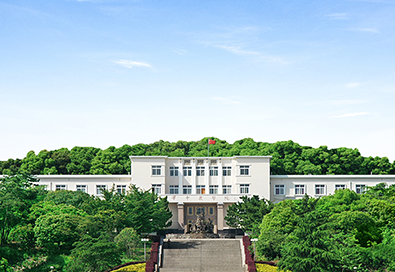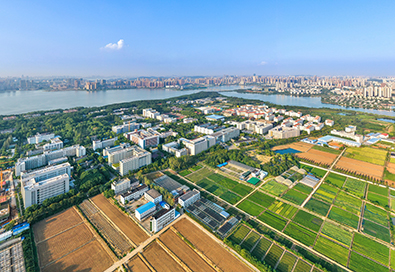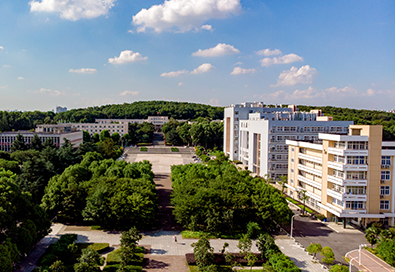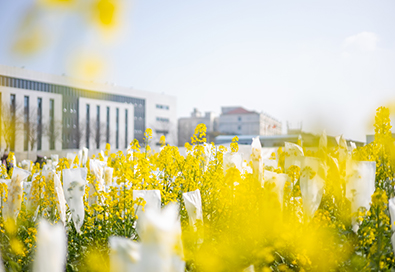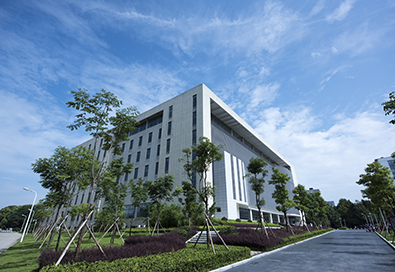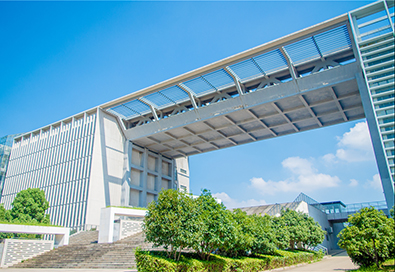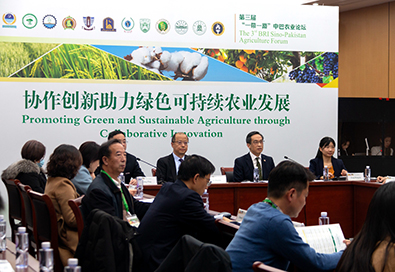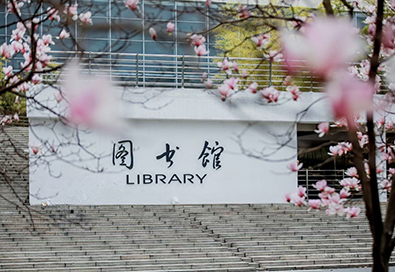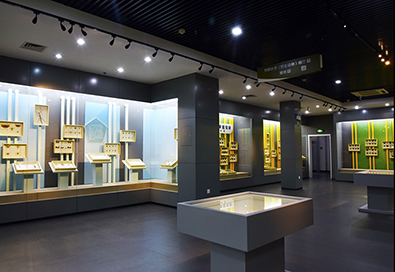On December 1, the research paper by Prof. Yan Jianbing's team and Jeffrey Ross-Ibarra's team from UCD was published online in Science. The study proposes a new model for the origin of maize (corn), suggesting that two distinct teosintes, Zea mays ssp. Parviglumis and Zea mays ssp. mexicana, are the ancestors of modern maize, challenging the hypothesis that maize originated solely from Zea mays ssp. Parviglumis.
The research also highlights the significant contribution of Zea mays ssp. mexicana to the phenotypic variation in modern maize. This study provides a good example for understanding the impact of anthropogenic mechanisms on the origin of crop domestication and lays an important theoretical foundation for the utilization of wild resources in crop genetic improvement.

Maize is one of the most successfully domesticated crops, exhibiting significant morphological differences from its wild relatives, which has led to scientific debates on its origin for over a century. From 1931 to 1988, more than 40 papers examined the origin of maize from various perspectives such as morphology, taxonomy, cytology, genetics, and archaeology. However, few consensuses have been reached among them. It was not until the beginning of this century that, with the development of molecular marker technologies, John Doebley, a member of the National Academy of Sciences from the University of Wisconsin, using molecular markers, demonstrated that maize originated from a single ancestor, Zea mays ssp. Parviglumis, and estimated the domestication time to be before 9,000 years ago, establishing the consensus in the scientific community.
Zea mays ssp. Parviglumis is an annual grass that grows in low-altitude areas in southwestern Mexico and is not adapted to high-altitude environments. However, archaeological evidence suggests that maize had already adapted to high-altitude environments over 6,200 years ago. Zea mays ssp. mexicana is a wild species that grows in high-altitude regions (above 3,000 meters) in central Mexico. In recent years, studies on high-altitude maize landraces in Mexico and South America have revealed evidence of gene flow from Zea mays ssp. mexicana into modern maize. These findings challenge the sufficiency of the single-origin model.
To elucidate the contribution of Zea mays ssp. mexicana to the origin of maize and its genetic contribution to modern maize, the research teams analyzed over 1,000 teosinte samples, modern maize samples (including cultivated maize and landraces), and ancient maize genomic data from North and South America. They found evidence of gene flow from Zea mays ssp. mexicana into modern maize, confirming it as the second ancestor of modern maize. Furthermore, through the analysis of more than 5,000 maize landrace genomes provided by Prof. Jeffrey, the teams confirmed this conclusion. However, in a 5,500-year-old ancient maize sample from Peru (N16), no evidence of gene flow from Zea mays ssp. mexicana was detected, raising curiosity among researchers about the admixture of maize populations and geographic dispersal under anthropogenic mechanisms.
The research team fitted the real data to different hypothetical models of maize history, revealing multiple instances of hybridization events in the history of modern maize. Based on this, they proposed a new origin model (Figure 1B), suggesting that initially domesticated maize originated from low-altitude areas in southwestern Mexico and underwent the first spread in the Americas under human influence. Around 6,000 years ago, there was an accidental hybridization between initially domesticated maize and Zea mays ssp. mexicana in high-altitude regions of central Mexico, enabling maize to adapt to high-altitude environments. This hybridized ancient maize, serving as a new starting point for the spread of modern maize, underwent a second round of domestication and spread in the Americas, gradually replaced the ancient maize left by the first spread, becoming the ancestor of modern maize (Figure 1C). It is worth noting that it was only around 4,500 years ago that maize became a stable food source for ancient populations in the Mexican region, which occurred after the second geographic spread of maize. Then what phenotypic traits can be affected by gene flow from Zea mays ssp. mexicana, and what characteristics make maize one of the most widely cultivated food sources?
Furthermore, the research team conducted in-depth analysis of the genomes of modern maize populations with rich phenotypic data. They found that approximately 18% of the maize genome in each modern maize sample originated from gene flow from Zea mays ssp. mexicana. The researchers identified 11 gene segments from Zea mays ssp. mexicana that have been fixed in modern maize through positive human selection. These gene segments contribute to the genetic variation in maize agronomic traits, quality, and resistance, particularly contributing to nearly 50% of the additive genetic variation in adaptive traits such as disease resistance. Through whole-genome analysis, the researchers identified 25 key loci influenced by gene flow from Zea mays ssp. mexicana on various phenotypic traits (Figure 1D, E). These results demonstrate the significant contribution of gene flow from Zea mays ssp. mexicana to maize diversity. How to further utilize wild resources, including Zea mays ssp. mexicana, to continuously broaden the genetic diversity of modern maize, find more multi-resistance genes suitable for different environments, and cultivate new crops that can adapt to future climate change are important directions for our future efforts.
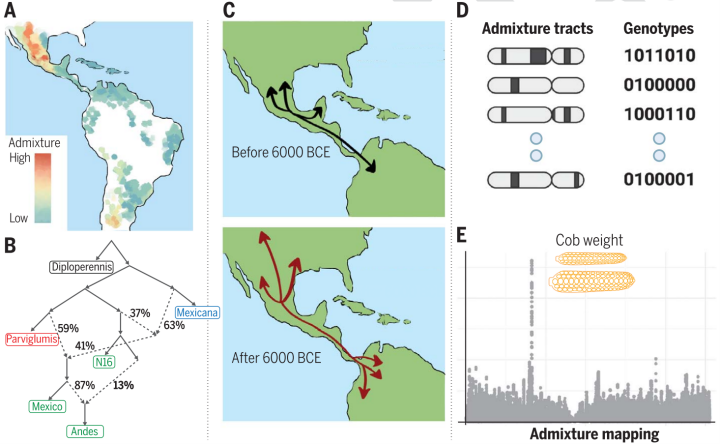
Figure 1. Admixture analysis reveals widespread contributions of two teosintes to modern maize.
(A) Proportion of highland teosinte admixture for traditional maize varieties across the Americas. (B) Admixture graph representing our model of maize evolution. (C) Cartoon depiction of proposed maize domestication and dispersal. (D) Characterization of admixture tracts along maize genomes. (E) Admixture for cob weight reveals a peak on chromosome 1.
Prof. Yan from the National Key Laboratory of Crop Genetic Improvement, Hubei Hongshan Laboratory, and Yazhou Bay National Laboratory, Prof. Jeffrey from UCD, and Prof. Yang Ning from the National Key Laboratory of Crop Genetic Improvement, Hubei Hongshan Laboratory are co-corresponding authors of the paper. Prof. Yang, postdoctoral researcher Dr. Wang Yuebin, and Dr. Liu Xiangguo from the Jilin Academy of Agricultural Sciences are the co-first authors of the paper. The research also received substantial assistance from 15 other research teams from China, the United States, and Mexico in terms of materials and data collection. It is an achievement of international cooperation and collaborative efforts from multiple parties. The team led by Prof. Yan has long been committed to the exploration and utilization of excellent genetic resources for maize and has established a long-term and stable collaboration with Professor Jeffrey Ross-Ibarra's laboratory. This study is another significant achievement for both labs following their previous research on the genetic variation map and adaptation of maize in 2022 (Nature Genetics, 2022,http://news.hzau.edu.cn/2022/1103/64994.shtml). The project was supported by the National Key Research and Development Program of China, the National Natural Science Foundation of China's Excellent Young Scientists Fund, and the Innovation Research Group.
论文链接:https://www.science.org/doi/10.1126/science.adg8940
Source:http://news.hzau.edu.cn/2023/1201/68519.shtml
Translated by Zuo Yuexiang
Proofread by Fu Wenyu
Supervised by Wang Xiaoyan

